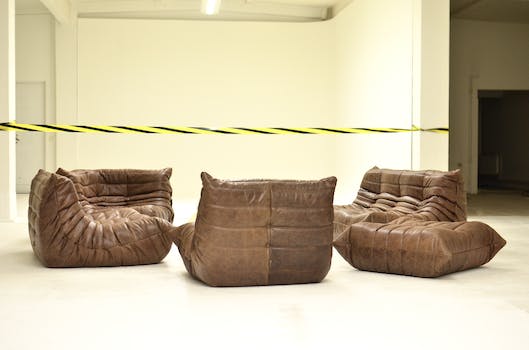
How to Prevent Mold in Rental Properties
Mold is a common issue in rental properties, but it can be prevented with proper maintenance and care. In this article, we will discuss various strategies to prevent mold growth, such as controlling humidity levels and ensuring proper ventilation. We will also provide valuable insights for real estate investors, homeowners, first-time home buyers, and real estate agents on how to keep their properties mold-free.
Understanding Mold and Its Causes
Mold is a type of fungus that thrives in damp, humid conditions. It can grow on various surfaces, including walls, ceilings, and floors. Mold can cause various health issues, such as allergies, asthma, and respiratory infections. It can also damage the structure of a property, leading to costly repairs.
Some common causes of mold growth in rental properties include:
- High humidity levels
- Water leaks and damage
- Poor ventilation
- Condensation
Controlling Humidity Levels
One of the most effective ways to prevent mold growth is by controlling humidity levels. High humidity creates a favorable environment for mold to grow. The ideal indoor humidity level is between 30% and 50%.
Here are some tips to maintain optimal humidity levels:
- Use a dehumidifier to reduce moisture in the air
- Install air conditioning units to help control humidity
- Encourage tenants to use exhaust fans in kitchens and bathrooms
- Ensure proper drainage around the property to prevent water accumulation
Preventing Water Leaks and Damage
Water leaks and damage can lead to mold growth if not addressed promptly. Regular inspections and maintenance can help prevent water-related issues in rental properties.
Here are some steps to prevent water leaks and damage:
- Inspect roofs, gutters, and downspouts for damage and debris
- Check for leaks around windows and doors
- Inspect plumbing systems for leaks and corrosion
- Ensure proper sealing of bathtubs, showers, and sinks
- Address any water damage immediately to prevent mold growth
Ensuring Proper Ventilation
Proper ventilation is crucial in preventing mold growth, as it helps to remove excess moisture from the air. Poor ventilation can lead to condensation, which can cause mold to grow on surfaces.
Here are some tips to ensure proper ventilation in rental properties:
- Install exhaust fans in bathrooms and kitchens to remove moisture
- Ensure that clothes dryers are vented to the outside
- Encourage tenants to open windows and doors to allow fresh air circulation
- Use air purifiers to improve indoor air quality
Regular Cleaning and Maintenance
Regular cleaning and maintenance can help prevent mold growth by removing potential food sources for mold, such as dust and dirt. Encourage tenants to keep their living spaces clean and well-maintained.
Here are some cleaning tips to prevent mold growth:
- Regularly clean and vacuum floors, carpets, and upholstery
- Wipe down surfaces in kitchens and bathrooms to remove moisture
- Use mold-resistant cleaning products to prevent mold growth
- Regularly inspect and clean air conditioning units and filters
Using Mold-Resistant Building Materials
When renovating or repairing rental properties, consider using mold-resistant building materials. These materials are designed to resist mold growth and can help prevent future issues.
Some examples of mold-resistant building materials include:
- Mold-resistant drywall and paint
- tile and non-porous flooring materials
- Moisture-resistant insulation
- Sealants and caulking designed to resist mold growth
Education and Communication with Tenants
It is essential to educate tenants about the importance of mold prevention and the steps they can take to maintain a mold-free living environment. Open communication with tenants can help address any potential issues before they become significant problems.
Consider providing tenants with the following information:
- Tips for controlling humidity levels and proper ventilation
- Guidelines for regular cleaning and maintenance
- Instructions for reporting water leaks and damage
- Information on the health risks associated with mold exposure
Conclusion
Preventing mold in rental properties is crucial for maintaining a healthy living environment and protecting the property’s value. By controlling humidity levels, preventing water leaks and damage, ensuring proper ventilation, and conducting regular cleaning and maintenance, property owners and managers can effectively prevent mold growth. Additionally, using mold-resistant building materials and educating tenants about mold prevention can further reduce the risk of mold-related issues. By implementing these strategies, real estate investors, homeowners, first-time home buyers, and real estate agents can protect their investments and provide a safe and comfortable living space for their tenants.
Leave a Reply